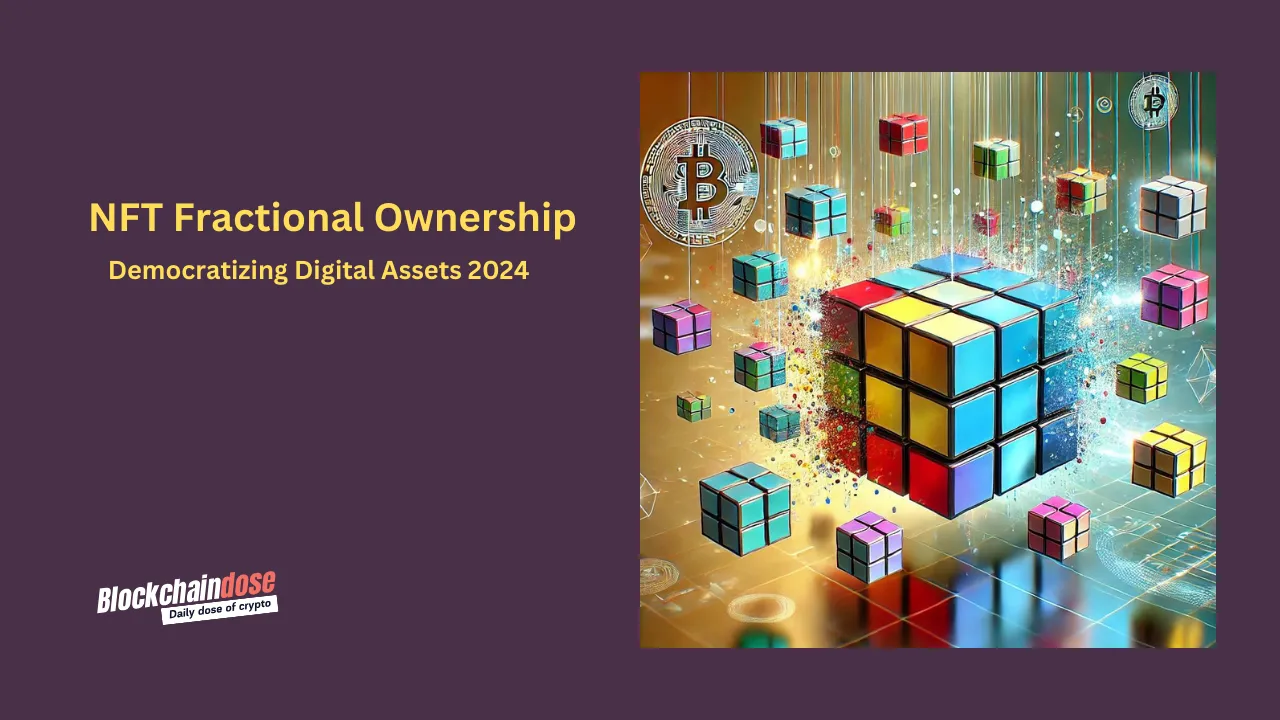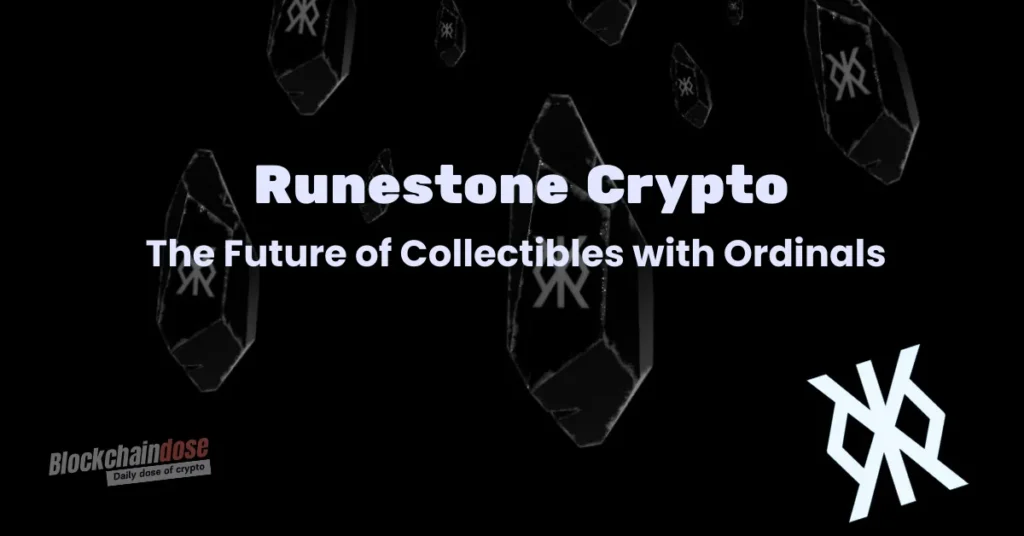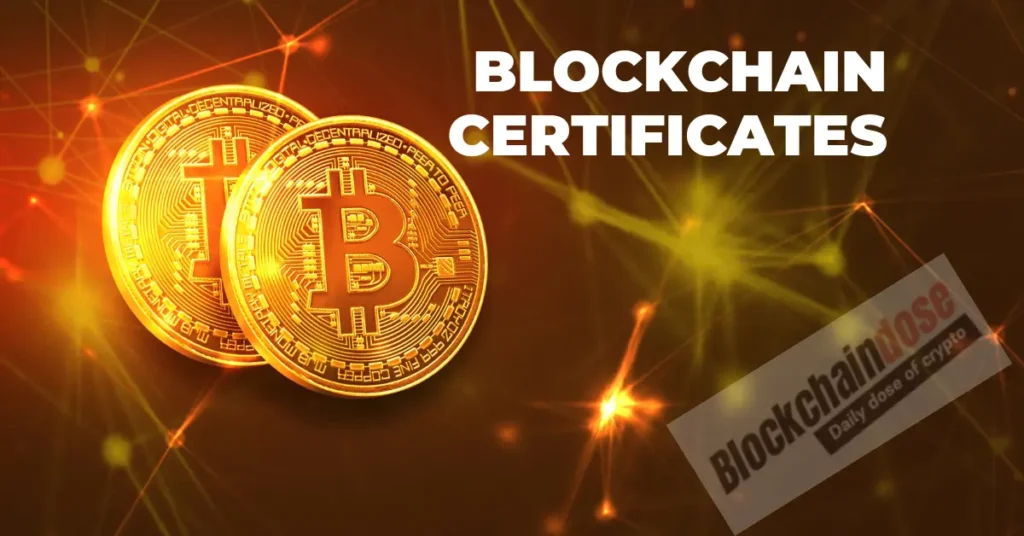Great things come in small packages, or so they say – but what if a $4 million digital meme could come in millions of small pieces? In June 2021, the Doge Meme, an NFT featuring the image of Shiba Inu was sold for over $4 million. Only a few months later, PleasrDAO, the NFT’s buyer flipped the script by introducing the concept of fractional ownership of NFTs, where buyers bought tiny pieces of the high-value Doge Meme for as little as $1. This idea of fractional NFTs opened up new possibilities, not only for art but also for assets like fractional NFT real estate and fractional ownership real estate NFTs, bringing high-value investments to more people.
But, how does this concept of fractional NFT ownership work, and why has it sparked massive adoption in the blockchain space?
What is NFT Fractional Ownership?
NFT fractional ownership refers to a new trend in the crypto space where an individual NFT becomes divisible into smaller more affordable pieces. The system splits the NFT into manageable chunks.
History
One of the primary attributes of Non-fungible tokens in the early stages was indivisibility. Coupled with non-fungibility, the attribute meant that the asset could not be divided into small pieces and maintain value. Remember, these digital assets were each created to represent a single, indivisible asset on-chain.
NFTs were originally unlike their blockchain-based counterparts, cryptos like Ethereum and Bitcoin which can be divided into smaller units. That’s at least until the emergence of the concept of NFT fractionalization, or NFT fractional ownership.
Present
Now, with fractional NFT ownership, instead of just a single person owning an entire NFT, many, hundreds if not thousands of investors can. Each small piece is represented by a token that can be bought, sold, and traded.
NFT fractional ownership makes the large non-fungible tokens accessible to a larger audience of persons incapable of spending big.
How Does Fractional NFT Ownership Work?
The process of fractions NFT ownership primarily involves the application of a smart contract to split the ownership of the NFT. Each small token represents a small portion of the original NFT value.
In many cases, especially in a blockchain like Ethereum, the NFT is broken down into small ERC-20 tokens. Of course, all ERC-20 tokens are tradable or crypto exchange markets, hence truly fungible.
Primarily, creators, or NFT owners mostly fractionalize assets with super high value, not just any NFT that deserves fractionalization.
Take for instance an expensive real estate NFT worth about $1000000 -the owner could divide it into 10 thousand pieces, each work merely $100. This makes the high-value NFT accessible to even someone with $100. Each token holder then owns a share of the NFT, proportional to the number of tokens they hold. This makes the fractional ownership real estate NFTs accessible to many smaller investors.
By purchasing the one token worth $100, you own 0.01% of the NFT worth $1000000.
So, what if the NFT gains value, and probably hikes to $2000000? Well, the value of your token also surges to $200.
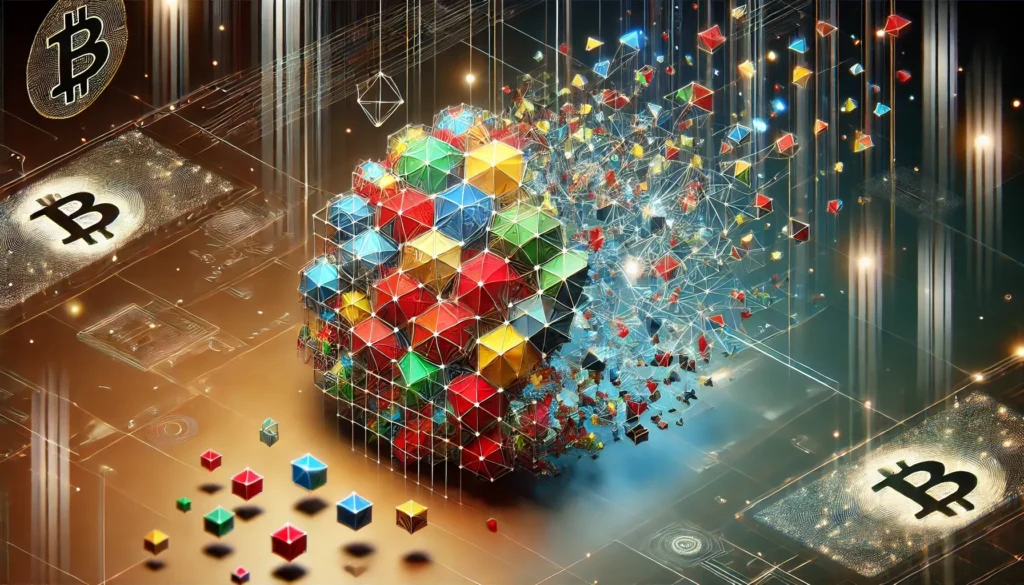
Key Benefits of NFT Fractional Ownership
Lower Entry Barriers
The fractionalization of non-fungible tokens effectively reduces the barriers or hurdles associated with entry for new investors. With fractionalization, investors need not purchase full NFTs, instead, you can buy small fractions hence owning a small share of valuable assets.
Since the barriers of entry are rendered mute, more people can participate in acquiring more digital art, collections, and real estate.
Increased Liquidity
One of the primary advantages of fractional NFTs is general liquidity in the market. When the NFT is divided into many smaller pieces, it’s easier to trade them, hence bolstering the overall liquidity of the asset.
As such, it becomes simpler for owners to sell a fraction of their NFTs quickly on secondary NFT markets, providing a flexible option for exiting or reallocating their investments.
Shared Ownership of Rare Assets
Owing to fractional ownership, investors can collectively own rare, or expensive assets. Through shared ownerships, the accessibility of assets increases, hence smaller investors can take part in ownership of items otherwise out of financial reach.
Diversification of Investments
With proper fractional ownership, every investor can diversify their portfolios more easily. Now, a person can invest in different high-profile NFTs by simply buying small portions of the asset. Instead of committing large sums to one expensive NFT, why not purchase fractions of different NFTs?
Flexibility in Investment Size
By allowing you to invest in whatever amount in NFTs, you have the flexibility to invest. This means investors can only get into investment sizes that align with their budgets and risk tolerance.
Potential for Higher Returns
As NFTs’ value increases, so does the value of the fractions. This means that when you hold a small fraction of an NFT, you enjoy the price appreciation, just like full owners do.
Use Cases for Fractional Ownership NFTs
The fractionalization of Non-fungible tokens opened new opportunities in various sectors, allowing almost anyone to engage with high-value assets. Here are truly the most innovative use cases of the NFT fractionalization:
Virtual Real Estate
As the metaverse space continues to grow, it becomes more expensive to buy plots in platforms like The Sandbox and Decentraland. With fractional ownership, you can co-own some of these properties in virtual real estate and enjoy their value growth despite investing only small sums.
Exposure to High-Value Digital Art
One of the most popular use cases of NFT fractional ownership is in digital art. Take the example of high-profile NFT artworks by artists like Beeple or Pak, which sold for $69.3 million and $91 million, respectively. Most individual investors can not solely purchase such NFTs.
With proper fractionalization, people can own small shares of these valuable art pieces and enjoy collective ownership.
Collectibles and Memorabilia
As for collectibles, NFT fractional ownership is also changing the game. Creators can design super rare items including virtual trading cards, limited edition collectibles, and in-game assets which will be divided into smaller chunks that an average person can buy. In this respect, the NFT function enables the ownership of high-profile sports, maybe even music collectibles and memorabilia.
Music and Media Rights
Music and media industries are also emerging as areas where fractional NFTs can bring revolutions. Artists can distribute the ownership of their songs or albums, or media rights. This would mean that investors, even fans can have a say on what an individual artist is working on.
Real-world assets (Tokenized Real Estate and Commodities)
Have you ever heard of tokenized real estate? Well, it’s when the ownership of real-world assets like real estate is reduced to only owning an NFT.
In simpler terms, real estate developers and investment platforms tokenize property ownership by creating NFTs representing a small share of the land or building. Investors buy these small fractions, hence investing small in the big real estate industry.
Fractional Ownership: A New Way to Invest in Real Estate
Fractional ownership in real estate provides an innovative model of investment allowing multiple individuals to co-own a property by buying fractions of shares in the asset. This in turn makes the real estate universe highly affordable.
Fractional ownership in real estate carries benefits like Shared expenses, Diversification, and lower entry costs.
The use cases of fractional ownership in real estate include:
- Vacation Houses: Many people consider investing in a vacation home through fractional ownership to gain profits from an expensive property that they can’t own individually.
- Commercial Real Estate: Investors are allowed to hold shares in commercial properties, such as office buildings or retail spaces that are usually very high in demand in terms of rentals, without necessarily having to invest in the whole building.
- Crowdfunded Real Estate: Other platforms have fractional ownership through real estate crowdfunding, where investors can pool resources to invest in larger commercial or residential projects that would normally be beyond their means.
Challenges and Risks of Fractional Ownership NFTs
Of course, fractional NFT ownership opens new exciting opportunities for the average Joe. However, it carries a world of challenges and risks that every investor must consider. Among the problems of NFT fractional ownership include:
- Liquidity issues — Of course, it’s easier to trade fractional NFTs, compared to full ones. However, this does not mean there’s always a ready market for the fraction you own. It could be difficult to share your fraction when exiting.
- Valuation complexity — With the high speculative and volatile nature of NFTs, there’s always trouble valuing the smaller chunks. In essence, your share could fluctuate wildly, leaving the NFT subject to massive fluctuations.
- Fractional ownership NFTs could also be subject to governance and decision-making problems. If for instance the NFT owner does not intend to sell it even after the price surges, and some owners of tokens want to sell, disagreements could arise.
- Legal and regulatory uncertainty — The legal landscape around fractional NFT ownership, and even just NFT is still evolving. This could create problems in the future.
- Smart contract vulnerability.
- Diluted ownership experience.
Conclusion
Our guide took a keen dive into NFT fractional ownership and how some high-value non-fungible tokens are divided into tens, hundreds, or even thousands of fungible tokens. This means investors can enjoy access to high-value investments while sharing the risks, costs, and responsibilities.
The fractional ownership model reduces barriers to entry in industries like real estate, art, and many more. Fractional ownership of NFTs has been growing in popularity, especially with the constant evolution of the real estate market.
